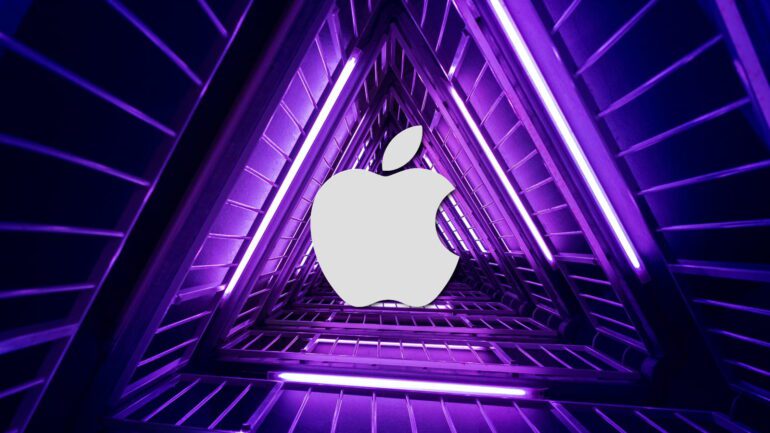TL;DR:
- Apple has launched MLX, a powerful machine learning framework and MLX Data, a deep learning model library.
- These tools are designed to optimize AI models for Apple Silicon and are accessible through open-source platforms like GitHub and PyPI.
- MLX offers shared memory capabilities, enabling efficient task execution on CPUs and GPUs without data migration.
- Awni Hannun, an Apple machine learning researcher, highlights the versatility of MLX Data for data loading.
- Apple’s focus on machine learning sets it apart from competitors like Microsoft and Google, which emphasize generative AI.
- Apple’s efforts in developing foundational models signal its commitment to integrating AI across its services.
Main AI News:
In a surprising move, Apple, long known for its conservative approach to artificial intelligence (AI), has quietly unveiled a set of frameworks and model libraries designed to leverage its cutting-edge chips, potentially ushering generative AI applications into the world of MacBooks. The tech giant’s machine learning research team has introduced MLX, a powerful machine learning framework that enables developers to construct efficient models optimized for Apple Silicon. Complementing MLX is MLX Data, a deep learning model library, both of which are conveniently accessible via open-source repositories such as GitHub and PyPI.
Drawing inspiration from well-established frameworks like PyTorch, Jax, and ArrayFire, MLX distinguishes itself by incorporating shared memory capabilities, allowing seamless execution of tasks on supported devices, namely CPUs and GPUs, without the need for data migration. Computerworld reports that MLX aims to strike a balance between developer-friendliness and robust computational power, making it capable of training AI models of the caliber of Meta’s Llama and Stable Diffusion. These frameworks and libraries constitute the backbone of numerous AI applications currently dominating the market.
Awni Hannun, a prominent machine learning researcher at Apple, tweeted about the versatility of MLX Data, describing it as a “framework-agnostic, efficient, and flexible package for data loading” compatible with MLX, PyTorch, or Jax frameworks. However, it is important to note that Apple’s AI initiatives appear to be primarily focused on machine learning, conspicuously sidestepping the realm of generative AI applications that competitors like Microsoft and Google have aggressively pursued. In fact, Apple has notably refrained from using the term “AI” in many of its keynote presentations.
Reports suggest that as of September, Apple has embarked on the development of foundational models, a strategic move aimed at identifying models suitable for integration across its array of services. As Apple takes its initial steps into the AI landscape, its unique approach is poised to bring a fresh perspective to the ever-evolving world of artificial intelligence.
Conclusion:
Apple’s introduction of the MLX framework and MLX Data library signifies a significant step into the AI arena. While the tech giant is strategically avoiding the generative AI race, its emphasis on machine learning and efficient model development has the potential to reshape the AI market, offering a unique perspective and driving innovation in this rapidly evolving field.

